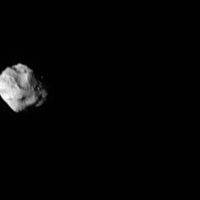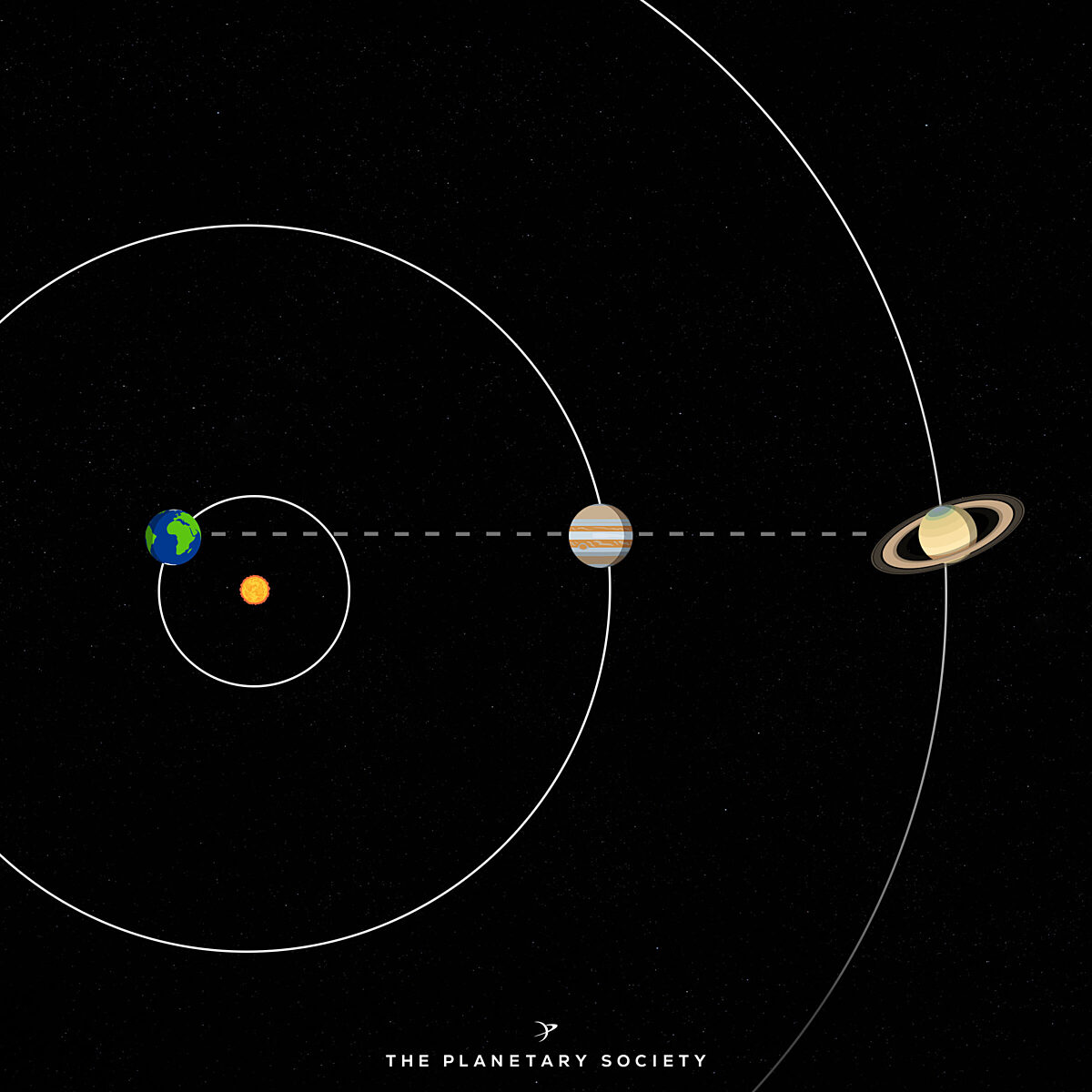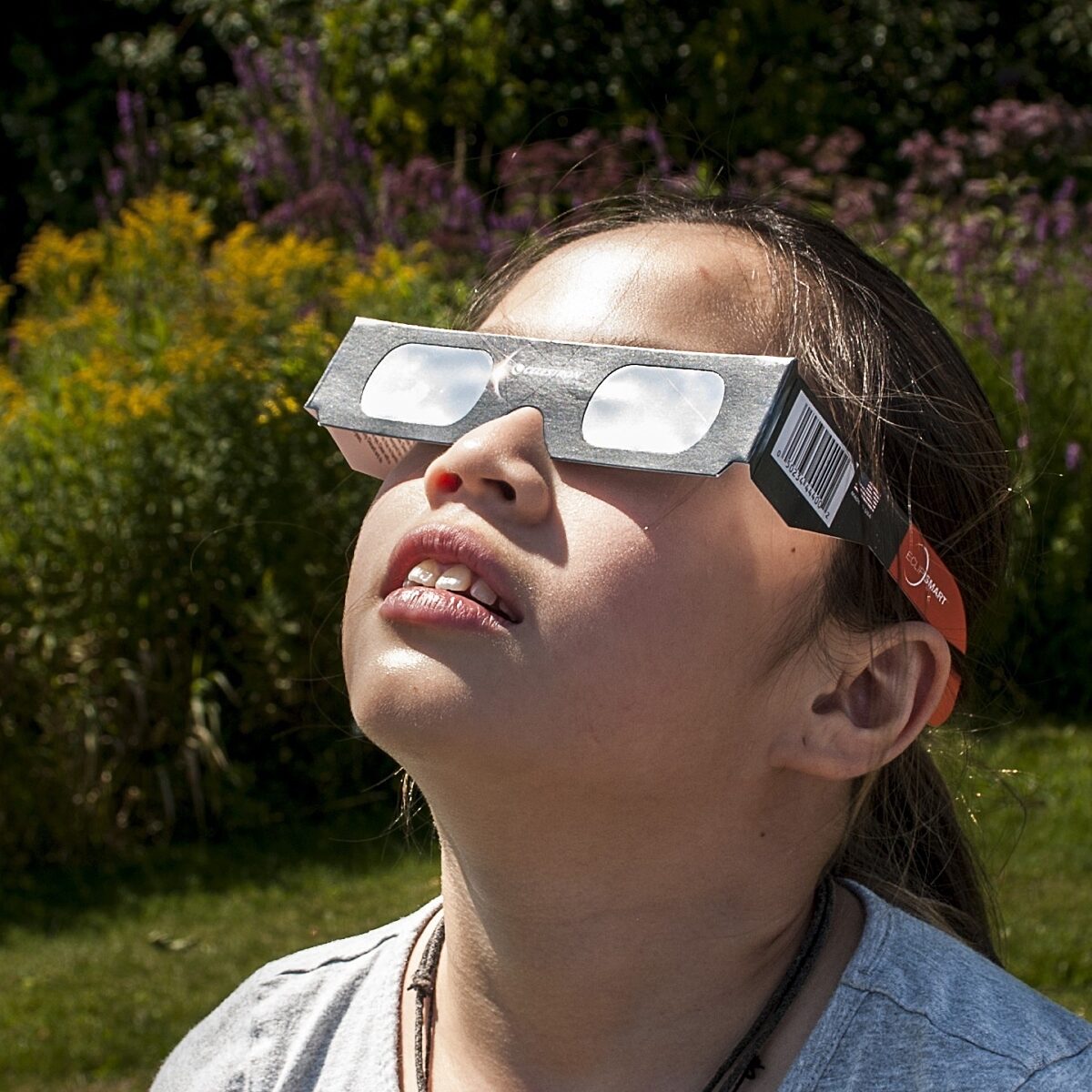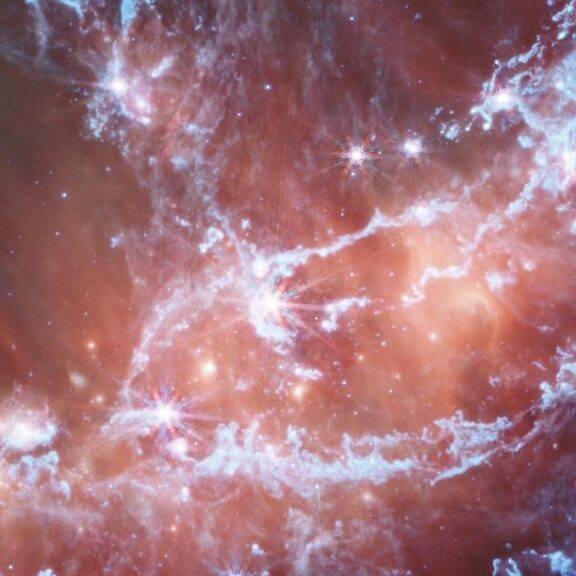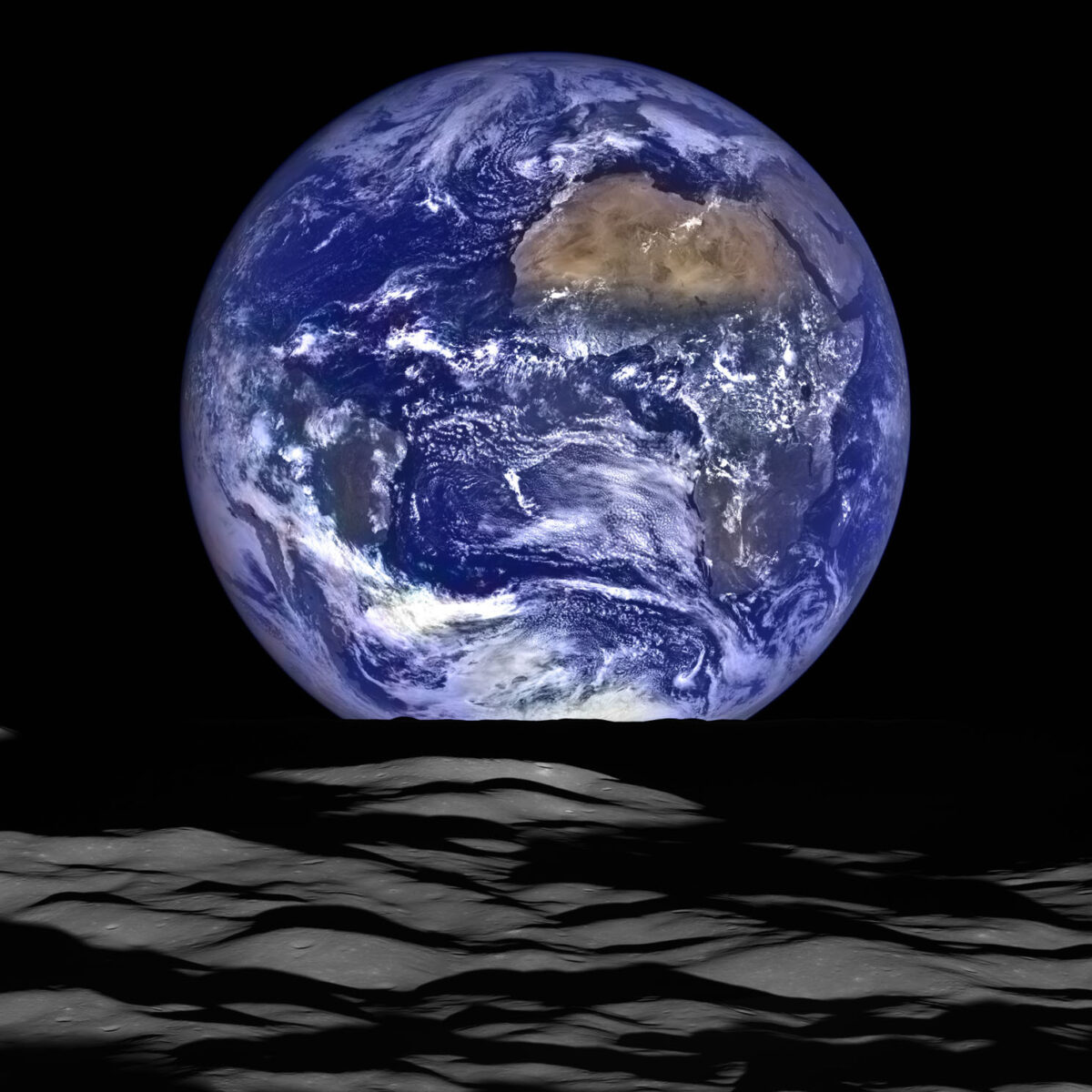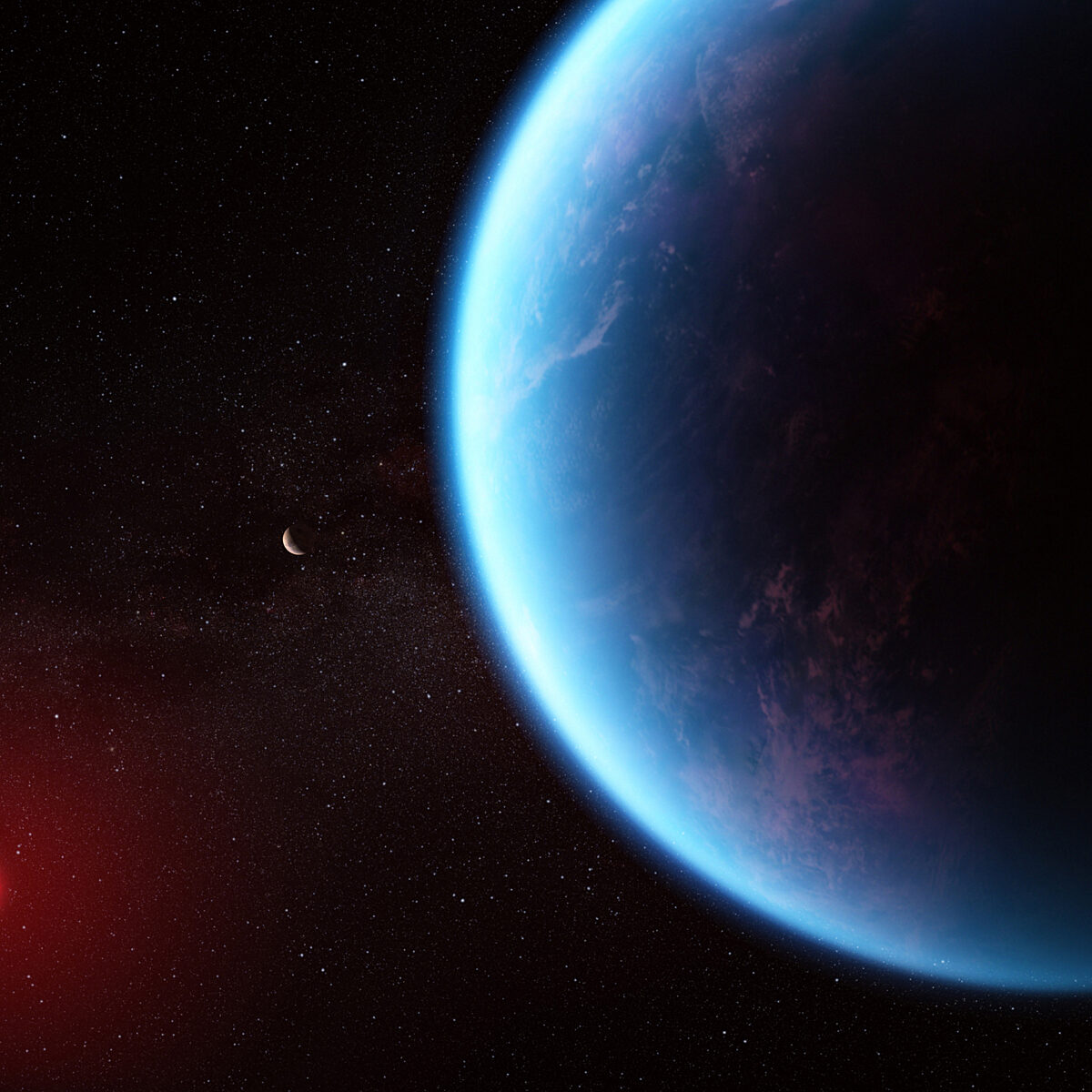All
All
Stories, updates, insights, and original analysis from The Planetary Society.
Uranus' biggest unsolved mysteries
Distant, icy Uranus has puzzled scientists for decades. From its sideways spin to its mysterious magnetic field, the oddball world has many secrets waiting to be revealed.
Asteroids vs comets vs meteorites/meteoroids/meteors
A handy guide to help tease apart the differences between asteroids, comets, meteors, meteorites, and meteoroids. e
Why the true colors of the planets aren't what you think
Cameras on our space probes act as proxies for our own eyes, but what they see isn't necessarily what our eyes would see.
What is a planetary conjunction?
An explainer on planetary conjunctions, and what it means when a planet is at conjunction or at opposition.
Sharing an eclipse with kids
Here's a simple and safe way to observe solar eclipses that's appropriate for young children, with no eclipse glasses or other special equipment needed.
How do we see the surface of Venus from space?
Although Venus is shrouded in a thick atmosphere, several spacecraft have been able to image its surface from space. Future missions will expand and refine the maps we already have.
What are Jupiter’s Galilean moons?
An introduction to Jupiter's moons Io, Europa, Ganymede, and Callisto.
China's plans for outer Solar System exploration
A Callisto impactor, a Uranus flyby, and a dedicated ice giant orbiter could be on China’s planetary exploration horizon.
How did Earth get its water?
Earth's water may have been on our planet since its formation, or could have been brought here by impactors early in our planet's history. Here's a look at the leading theories about where Earth's water came from.
Looking for long waves
Why JWST observes in the infrared.
How old is the Earth?
The Earth is thought to be about 4.54 billion years old. Learn more about how it formed, and how we know when this all happened.
The best pictures of Mars from space
Spacecraft have been taking pictures of Mars from space since 1965. Here are some of our favorites.
Lucy’s flyby of Dinkinesh: Everything you need to know
On Nov. 1, 2023, NASA’s Lucy spacecraft flew past Dinkinesh, a small asteroid in the main belt, and discovered a binary pair of moonlets in orbit around the asteroid.
Why aren't there more close-up images of Uranus and Neptune?
There aren't many close-up, high-resolution images of the ice giants Uranus and Neptune. The reason comes down to distance.
Psyche mission successfully launches
The spacecraft has begun its six-year journey to the same-name metal world.
How astronomers search for life on exoplanets
Technologies for studying planets around other stars are advancing all the time. Along with those advancements come new ways to look for possible signs of life on those planets.
The Psyche launch and its journey to a metal world: What to expect
The Psyche spacecraft is scheduled to blast off on a SpaceX Falcon Heavy rocket on Oct. 13.
The boy who named Bennu is now an aspiring astronaut
The Planetary Society spoke to Mike Puzio, who won our "Name that asteroid!" contest back in 2013.
Why partial eclipses are worth seeing
Partial eclipses are the most common solar eclipse to see. Here's why that is, and why it's worth going out and (safely) looking up.
OSIRIS-REx returns sample from asteroid Bennu to Earth
The sample capsule parachuted to a landing at the Department of Defense’s Utah Test and Training Range southwest of Salt Lake City.


 Explore Worlds
Explore Worlds Find Life
Find Life Defend Earth
Defend Earth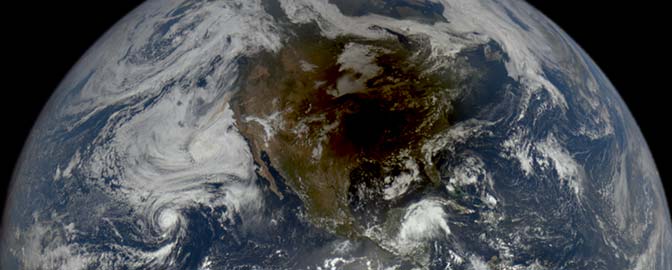


 Sun
Sun Mercury
Mercury Venus
Venus Earth
Earth Mars
Mars Jupiter
Jupiter Saturn
Saturn Uranus
Uranus Neptune
Neptune Small Bodies
Small Bodies
